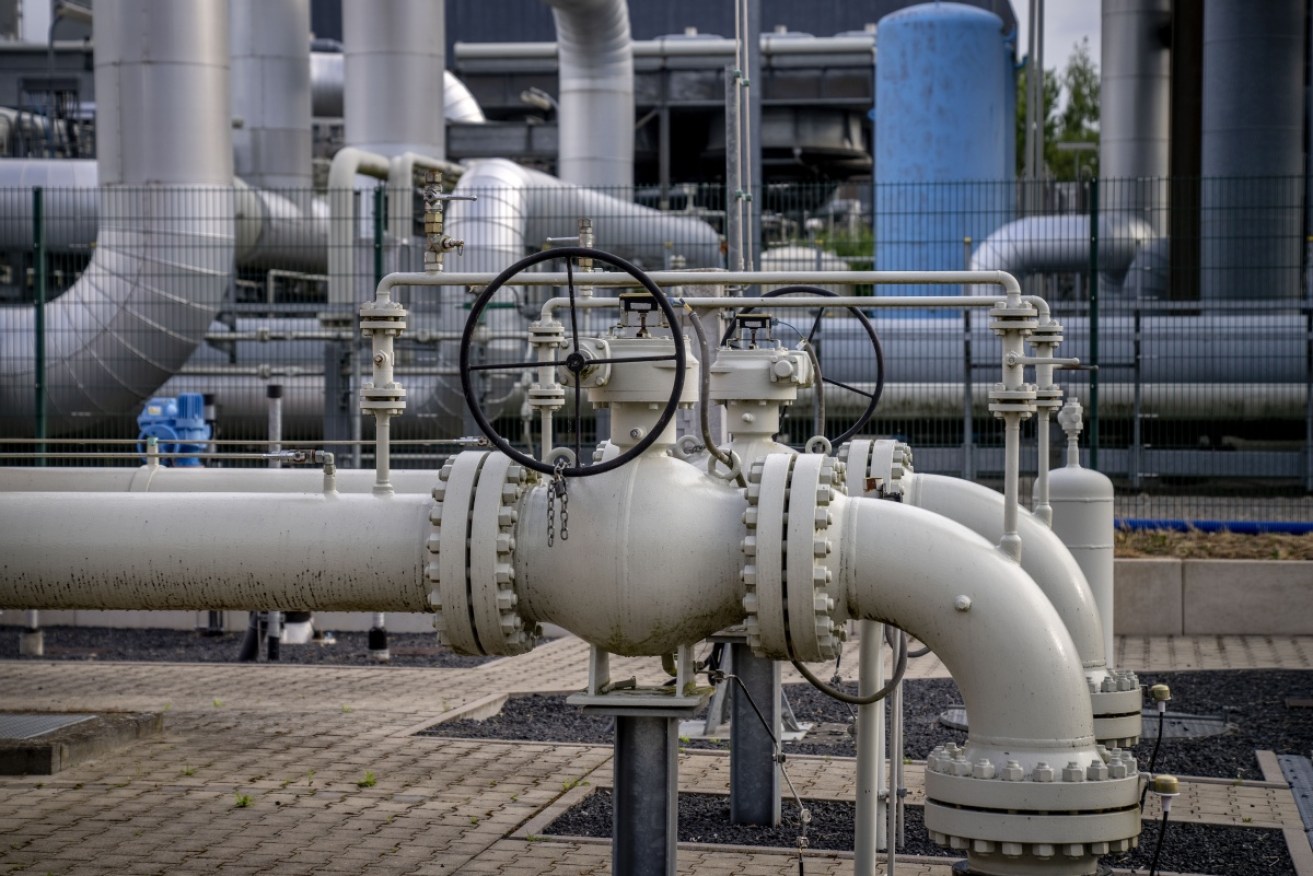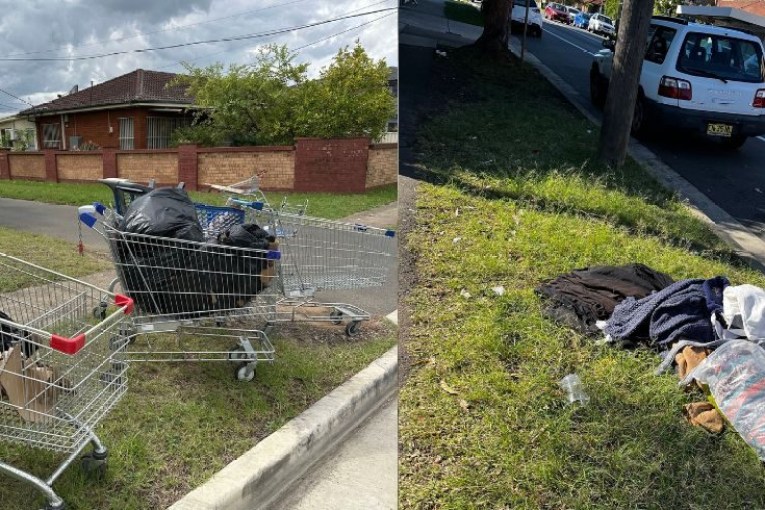A ‘complete furphy’: ’Renewable gas’ reality contradicts Queensland government, gas industry


Adding hydrogen to methane gas is one of the worst ways to use it, according to one expert. Photo: AP
Hydrogen is set to play a key role in Australia’s transition to a low-carbon energy mix, but ‘renewable gas’ is a “complete furphy,” according to an expert, despite what the Queensland government and the gas industry claim.
The Hydrogen Park Gladstone, a project that will ‘blend’ the area’s gas supply with up to 10 per cent hydrogen, broke ground on Wednesday, and Deputy Premier Stephen Miles said it marked another important step in the state’s “future as a renewable energy powerhouse”.
“That’s why the Palaszczuk government has committed more than $165 million to support renewable energy and hydrogen-related industry development,” he said in a statement.
“This project is a great example of how we are powering towards a cleaner and greener future and placing Queensland at the forefront of hydrogen production.”
The project, built by Australian Gas Infrastructure Group (AGIG) and supported by $2.72 million from the Queensland government, highlights “the importance of renewable gas,” according to AGIG CEO Craig de Laine.
Greg Bourne, energy expert and Climate Councillor, said while hydrogen will play a role in the transition to a low-carbon energy mix, “it’s definitely not a renewable” when combined with a gas pipeline.
“All of these sorts of mining endeavours, whether they are liquid gas or solids, it is extraction without replacement,” he said.
“The word renewable? A complete furphy.”
He said with hydrogen, “the dumbest thing of the lot is to stick it into a gas pipeline and think that you’re selling cleaner gas”.
“Putting up to 10 per cent of hydrogen into the gas mix, is it a worthwhile endeavour? My own view from an economic point of view is no, it’s not,” Bourne said.
“Would it help those companies start to think about how they can be involved in hydrogen? Yes, it would. Will it help them in terms of greenwashing their reputation? Certainly.”
Green hydrogen
Hydrogen has a brittling effect on steel pipelines, creating risks if existing infrastructure is used to transport it, and Bourne said 10 per cent is the upper limit of a hydrogen-methane mix before it starts to severely damage pipes.
“If the key aim of the money the government has put in and other agencies might put in is to speed up the process by which you can develop electrolysers, that becomes quite useful,” he said.
“You’ve then ended up creating hydrogen with not an end use of blending it into a pipeline which is containing methane, but instead with a good way of using it.”
Hydrogen can be produced from several sources, such as natural gas, nuclear power, biogas and renewable power, but its emissions impact depends on how it is created.
Ken Baldwin, Emeritus Professor at Australian National University, said mixing hydrogen with gas may work well for heavy industry in some parts of the country, but others are choosing to turn off the gas valve completely.
“The ACT, for example, is going to turn off its gas supply completely and not replace it with hydrogen,” he said.
“It can make a small difference because obviously, you’re burning 10 per cent less methane, but whether it’s an investment you want to make in the long run is a different question.”
Climate goals
Hydrogen has been touted as a way to decarbonise the creation of steel, which contributes 9 per cent of the total carbon emissions worldwide due to a reliance on coal.
Baldwin said there is already a large market for hydrogen, which will only grow in the future.
“We are an energy exporting superpower at the moment and we should aim to be one in the future, and the only way to do that is to export renewable energy in various forms,” he said.
“The export opportunity is going to drive things more than the domestic uses for hydrogen.”
Australia is currently failing to meet its own meagre climate goals, let alone reach the targets it agreed to in the Paris Agreement.
With more than 100 coal and gas projects in the pipeline, and the fossil fuel industry receiving $11.1 billion in subsidies from the federal government in the 2022 financial year, the risk of global heating reaching more than 2 degrees Celsius is becoming more likely.
Bourne said it is important for people to remember there will be a “huge amount of hard graft” to achieve emissions reduction.
“We’re always hoping for an instantaneous answer in the energy space,” he said.
“The real thing with these transitions is there is a huge amount of graft and experimentation required.”








